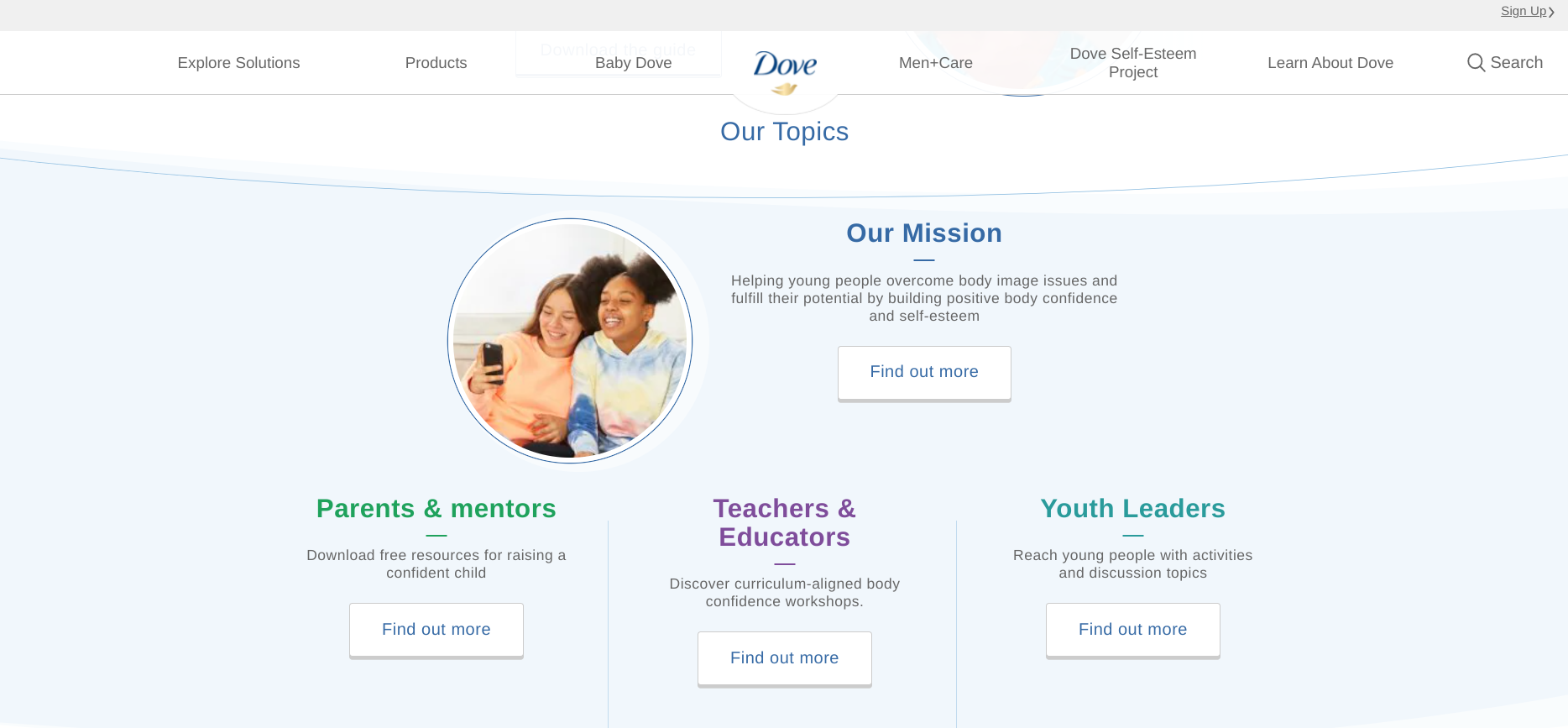So, you’re paging through YouTube, and a video title catches your eye — “Jumping a BMX Out Of A Helicopter.” Surely that’s worth nine seconds of your day. You click on it and, sure enough, it’s an amateur-filmed vertical video of a BMX biker doing an amazing stunt.
Congratulations, you’ve just encountered branded content.
That branded video was posted by energy drink giant RedBull as part of the company’s thriving YouTube channel, sporting over 10 million subscribers. Clicking a link in the video description will reveal a full, professionally shot version of the BMX trick video with over 15 million views.
What does all of this have to do with carbonated taurine drinks? Not much on the surface, which is the magic of branded content. The company has put its energy into building entertaining and interesting content stamped with its brand name and logo.
What Is Branded Content And Why Does It Work?
Branded content appears all over the web. It’s on entertainment blogs, general-interest news outlets, comedic sites and every social media network you can think of. It fits in with what’s around it, entertaining and enlightening people.
The thing that makes this branded content and not just regular, old content is who has editorial control. The topics, direction and focus of the piece come from the company paying for placement, not the editors of a news or entertainment channel.
Coming from the other direction, the trait that makes branded content different from advertising is the focus of the pieces. It’s telling a brand story, but it’s built around people, not brands or products.
Any company with ideas and a budget can start crafting or commissioning branded content as part of a marketing strategy. One key reason to do so: pattern recognition. Audiences recognize ads and have learned to tune them out over decades of internet use. Entertaining and informative content, on the other hand, demands attention, even when it’s branded.
As Pressboard’s Jerrid Grim wrote for the Forbes Agency Council, creating an association between a brand and a trusted website or influential publication can convince ad-weary audience members to take another look.
Of course, placing a piece of branded content with an established publication such as The New York Times adds extra pressure to the creation process, as you have to meet high quality and style guidelines. It’s worth it, however, if it gets people to see your brand in respected surroundings. Just check out the New York Times’ T Brand Studio sponsored content page to see how other companies have made this work for them.

Of course, as with any featured element of your marketing strategy, you should devote plenty of time and energy to producing your branded content. This means learning and sticking to the unique best practices of branded materials.
Focusing more on the “brand” than the “content,” for instance, is a sure way to lose your audience and fall short of the engagement you’re looking for.
How Do You Define Your Brand’s Voice?
When you’re creating content that is not directly focused on your products, the essence of your brand should still be in there. Namely, the tone of your brand voice needs to shine through in the branded articles, videos and social media posts you create and sponsor.
What is this voice? It’s the values you focus on, the tone you take when speaking to your target audience and the kinds of things you choose to highlight.
To take the Red Bull BMX example, the clip doesn’t have much to do with energy drinks — but it does fit in with Red Bull’s other content offerings, which focus on interesting people doing action-packed activities in distinctive locations. The look and feel of the material are consistent, helping viewers remember the content and tie it in with the brand.
You can be very intentional about your brand voice, based on what you want to convey to your customers. Look at Dropbox’s recent efforts for a good example of how to create content with a distinct voice.

The file sharing service realized people were using its services during pandemic isolation and that it could inspire comfort and reassurance amid uncertainty and chaos. Both in the types of content the company created and even the palette and design of its own web pages, Dropbox sought to evoke a calm, resolute mindset.
Your company can follow a similar path, focusing on the associations you want to create and building a content marketing strategy to match. Freed from the need to tie into your products directly, branded content is a perfect place to put your identity in front of your audience.
Subscribe to
The Content Marketer
Get weekly insights, advice and opinions about all things digital marketing.
Thank you for subscribing to The Content Marketer!
What Are Some Branded Content Best Practices?
Why is branded content so interesting from a marketing strategy perspective? In essence, it’s because creating this material is like content marketing on “opposite day.” Instead of foregrounding your product, you’re letting it sink into the background, aiming for reach and awareness rather than trying to drive a specific, commercial, outcome.
This means branded content creation comes with its own dos, don’ts and best practices. These three recommendations will keep your efforts on the right track as you get up to speed:
1. Focus on Content That Appeals to a Broad Audience
Your audience for branded content can be wider and more general than your targets for other types of marketing. If you’re deeply entrenched in a marketer mindset, this could be a difficult reality to adapt to.
When brand awareness is the goal, however, casting a wide net is a good idea. You want your content to be easy to share on social media and be interesting enough that audiences will happily pass it along to family, friends and other people in their network.
Overwhelmingly, Facebook is the social media platform of choice for brands interested in getting a broad audience to look at their content. When Pressboard asked marketers to rank their social media priorities, Facebook was the No. 1 choice for 90% of respondents. The other 10% picked Instagram as their top choice — Instagram is owned by Facebook.
2. Give Your Storytelling Purpose
While it can be difficult to put purposeful, value-driven messaging into content that focuses on your brand, running a branded content piece is a different matter. In these posts, you can express your company’s commitment to causes that matter to your target audience, creating a strong positive association.
Think of one of the defining branded content campaigns: Dove Real Beauty Sketches. These videos and related campaign materials took on beauty standards and the expectations and biases that often impact women’s self-esteem. Today, Dove’s website contains a wealth of content aimed at kids related to self-worth and body positivity. As a result, the brand has become linked with this messaging and mission.

Whether you’re ready to make your brand stand for something greater, or you already have a message you’re looking to express more clearly, a branded content campaign may be your best bet. These should follow the same pattern as more general branded content, which is to say consistency with your overall brand voice and a low level of blatant sales positioning.
3. Put Your Brand on the Back Burner
What’s the opposite of storytelling? Hard sales pitches. This is why it’s so important to keep your branded content free of gratuitous product mentions or calls to action. The reason why people would choose to read a piece of sponsored content lies in the fact that it isn’t an ad, but rather something useful or entertaining in its own right. Therefore, to keep the appeal strong, you have to hold firm and not let your content become a commercial.
To see this in action, check out this paid New York Times post by Snapchat. Mentions of the app are limited to the opening and closing, and even there at least part of the focus is on how Snapchat sponsored a survey about youth political engagement.

In fact, Snapchat’s story in the Times hits all three of the best practices:
- It’s highly visible and shareable on the well-respected New York Times website, with a social media sharing button clearly visible in the header.
- The article focuses on an issue of social import, namely increasing youth voter turnout.
- The piece limits mentions of Snapchat, with subtle brand mentions and graphic design cues being the only connections.
Your brand’s ideal branded content post might not look like this example, because it will be defined by your audience, branding and values. But seeing how a successful piece of brand content comes together, however, can no doubt inspire your efforts.
How Do You Get Started with Branded Content?
With all the complexities of branded content, it’s not a type of marketing to be entered into lightly. A branded post is built for credibility with your audience, and creating materials too hastily could lead to disappointing results and lose the trust of savvy viewers, compromising that potential audience connection.
Despite the differences with other types of marketing materials, the routine to prepare for a branded content campaign will be familiar. You need to learn as much as possible about your audience, build a solid map for the campaign roll-out and spend ample time polishing the content itself.
One final thing to remember: The rewards for a good branded content campaign will be different than for other types of marketing. These are not pieces leading readers or viewers to a solid CTA and getting them to click but instead are about building your image and playing the long game. Get it right and you can become more than just another brand in the eyes of your audience.
Editor’s Note: Updated November 2021.





